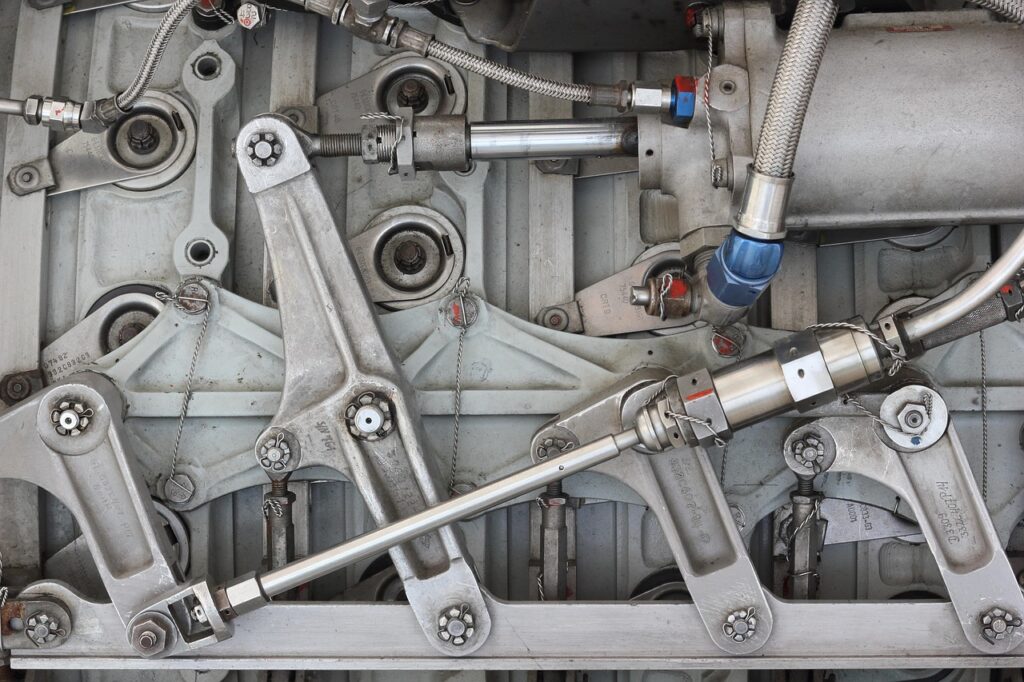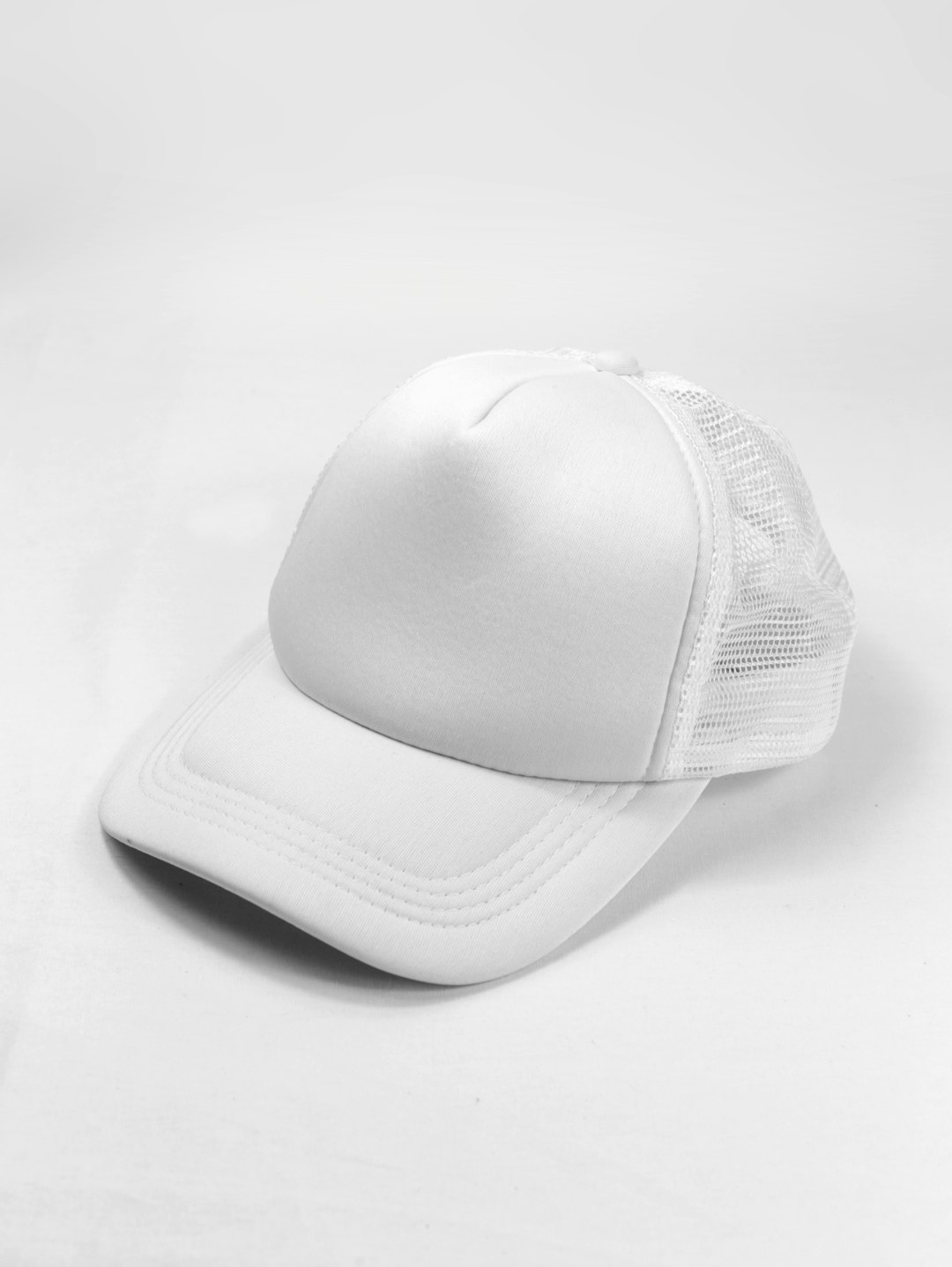Hydraulic fittings are essential components in fluid power systems. They connect different hydraulic components, such as hoses, pipes, and cylinders, to allow hydraulic fluid to flow between them. Hydraulic fittings are found in various applications, including industrial machines, construction equipment, and vehicles.
There are many types of hydraulic fittings, each designed for specific applications and types of hydraulic systems. One type is the flare fitting, which has a conical-shaped flare at the end of the fitting that seals against the flared surface of the tubing. This fitting is commonly used in high-pressure applications.
Another type is the O-ring boss fitting, which has a flat surface with an O-ring on the end that creates a seal against the flat surface of the mating part. This fitting is commonly used in medium to high-pressure applications.
Hydraulic fittings are made from multiple materials, including stainless steel, brass, and aluminum, to suit specific application requirements. Stainless steel fittings are preferred in applications that require high strength and durability. Brass fittings are commonly used in low-pressure applications and are inexpensive. Aluminum fittings are lightweight and used in applications where weight is critical, like aircraft and aerospace industries.
Hydraulic fittings must be installed correctly to ensure safety and reliability. Before installation, it’s essential to check the compatibility of the fitting with the system and the fluid to avoid leakages and other types of failures that can occur when the fitting is not suitable for the application.
The first step in installing a hydraulic fitting is inspecting it for damage, like cracks, scratches, or signs of corrosion. A damaged fitting can lead to leaks, which can damage the system or cause injuries to workers.
Next, the hydraulic system operator must identify the type of fitting required for the system and the application. Choosing the wrong type of fitting can lead to malfunction or system failure.
Then, inserts, sleeves, or other components needed for the installation must be prepared. The installation area must also be cleaned thoroughly to remove any dust, debris, or other contaminants that can damage the fitting or cause leakage.
The fitting is then inserted into the hole or port, ensuring that it’s fitting securely and flush. The assembly is tightened to the required torque using a torque wrench to avoid under-tightening or over-tightening the fitting, both of which cause leaks.
After installation, the hydraulic system must be tested to ensure that the fitting works correctly and that there are no leaks. Any leaks or malfunctions must be addressed before the system is put to use.
Hydraulic fittings play a critical role in hydraulic systems, shaping the flow of hydraulic fluid and helping to transfer energy and power. Choosing the right fitting for an application can greatly enhance the efficiency, safety, and reliability of hydraulic systems.
Hydraulic fittings are essential components in hydraulic power systems. They connect different hydraulic parts, ensure the right flow of hydraulic fluid, and transfer power and energy. Choosing the right type and material of fitting and installing them correctly can significantly enhance the performance, safety, and efficiency of hydraulic systems.








